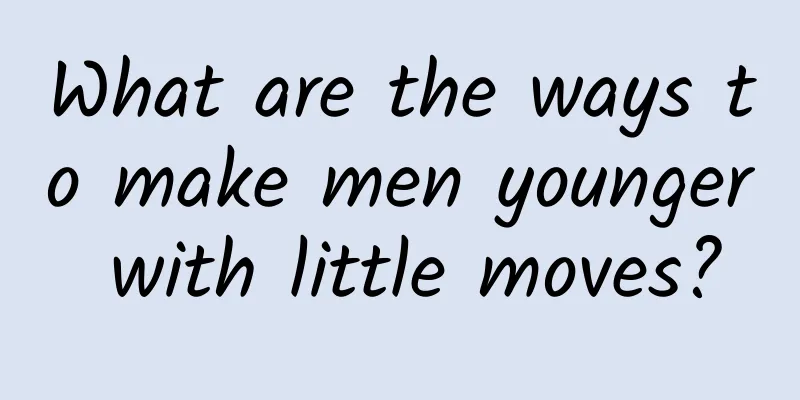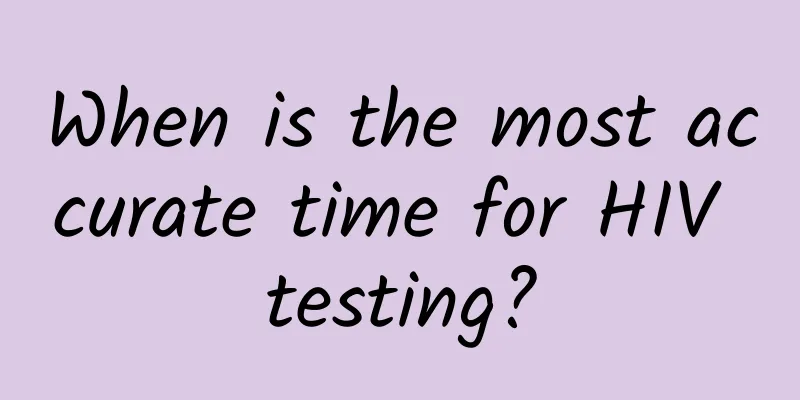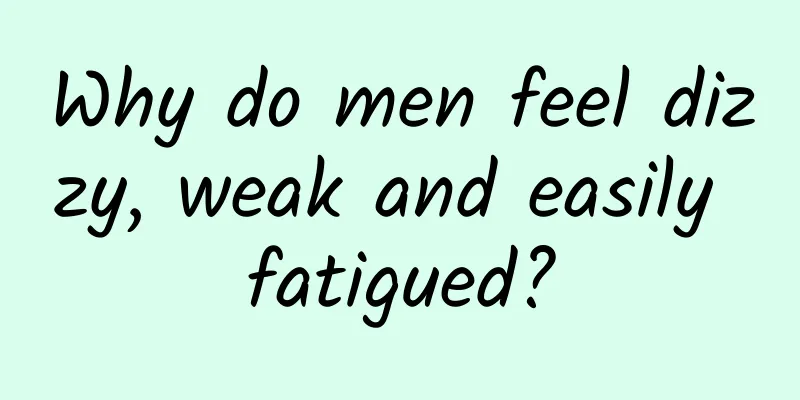What are the symptoms and treatments of intestinal spasms?

|
Intestinal spasm is actually a common disease in children. Generally speaking, parents should understand the symptoms and treatment methods of intestinal spasm one by one in order to take corresponding preventive measures in advance. Intestinal spasm symptoms: (1) Children who are usually healthy: If they suddenly develop paroxysmal, intermittent abdominal pain and no abnormal physical signs are found during the intermittent period, this is the main feature of this disease. The abdominal pain of the child may last for several minutes or tens of minutes, and may come and go. After repeated attacks of tens of minutes or hours, the abdominal pain may no longer occur. (2) Individual children: Recurrent abdominal pain may last for several days, and the severity of the pain varies. In severe cases, the child may roll over on the spot. In typical cases, the pain is mainly in the umbilicus, that is, the spasm occurs in the small intestine. When the proximal large intestine spasms, the pain is in the right lower abdomen; when the distal large intestine spasms, the pain occurs in the left lower abdomen; if the child has abdominal pain before defecation, it may be a spasm of the descending colon or sigmoid colon. (3) A small number of older children may experience colic in the ribs, mostly on one side, due to spasms in the hepatic or splenic flexures of the colon. Younger children may also experience colic in the subcostal region of the abdomen, due to spasms in the stomach. Strictly speaking, this is not intestinal spasm, but stomach spasm. However, because the mechanisms of occurrence are similar, massage therapy is also effective for intestinal spasm. Treatment of intestinal spasms: Treatment can be determined based on the scoring results of intestinal spasm. The scoring refers to the intensity and duration of crying, the accompanying symptoms of crying, and the parents' views on their children's crying. If crying is related to intestinal spasm, but the crying is not severe, the first and second level treatment plans are used; if it is a severe intestinal spasm, the third level treatment is used. 1. First-level treatment: Comfort the child, rock the child, reduce environmental noise, cover the baby's abdomen with a hot water bag; support and care for parents; take Chinese medicine or dimethicone. Some Chinese medicines have anti-spasmodic effects. After taking Chinese medicine (powder composed of chamomile, verbena, licorice, fennel, vanilla and mint) for 7 days, intestinal spasms improved, but the number of night awakenings did not decrease. Dimethicone is a non-absorbable drug that changes the surface tension of bubbles, causing bubbles to fuse or disperse, and promotes gas discharge. It has no side effects on the human body. Try to use it to reduce intestinal gas. But the research results on it are inconsistent. In a cross-control study using dimethicone and a placebo, 1/4-2/3 of the children showed improvement in symptoms, but there was no significant difference compared with the placebo. Other drugs that reduce intestinal gas, such as activated carbon and α-galactosidase, can absorb gas or help digest high-fiber foods and reduce fermentation gas production, but their effectiveness in treating intestinal spasms is still uncertain. Second, the second level of treatment is drug treatment. Anticonvulsants (such as cimetropium bromide) can block the muscarinic receptors of smooth muscle, and can also act directly on smooth muscle to relieve smooth muscle spasms. If it is ineffective, dicyclomine hydrochloride can be used. As an anticholine drug, it has an atropine-like anticonvulsant effect and a certain central sedative effect. It has a certain effect in treating infantile intestinal spasms. However, recent studies have found that infants under 6 months old may experience respiratory arrest when using this drug, which limits the application of this drug. So far, there is no completely effective drug to treat intestinal spasms. 3. Tertiary treatment involves dietary changes and/or drug therapy. Breastfeeding mothers should not consume milk, dairy products, fish, and eggs; artificially fed infants are given soy milk or hydrolyzed casein formula, which can significantly improve infant intestinal spasms. For patients with intestinal spasms caused by CMPI, after removing milk protein and using soy milk or hydrolyzed protein instead, 71%-88% of children have improved symptoms. Since drug therapy (such as dicyclomine hydrochloride) has certain side effects and sometimes the therapeutic effect is not ideal, dietary changes may be more appropriate than medication. |
<<: Hyperthyroidism symptoms, treatment options
>>: The symptoms of vascular headache can be understood from three aspects:
Recommend
How to treat mumps and testicular inflammation quickly
Epidemic viral mumps is a relatively common disea...
Drinking liquor requires skills, and it is not easy to get drunk by combining food and drink
Wouldn't it be a bit disappointing if there i...
What should boys do if they don't grow beards? Three daily things can help you solve the problem
As the saying goes: No beard on the mouth, not go...
What to do if the coronal sulcus is too sensitive
Some men's coronal sulcus is very sensitive. ...
How long does it take for penile edema to heal?
Men usually don't pay much attention to the e...
Pictures one month after circumcision
Many boys must have the problem of long foreskin....
The best treatment for premature ejaculation
In fact, many male friends now have to bear the b...
Can I have sex with my husband if he has a urinary tract infection?
Key reminder: Urinary tract infection is a diseas...
What to do if a man has a bad smell in his lower body
We think that women are more likely to have bad o...
Does prostatic fluid contain bacteria?
Prostatic fluid is the discharge from the male pe...
What department should men go to if they can’t hold their urine?
In daily life, men have difficulty holding back u...
What is the disease of finding white bumps on the scrotum?
If there are small white bumps on the scrotum, it...
What are the transmission routes of chancroid?
There is not only one way for chancroid to be tra...
What are the dangers of long-term depression? How to treat it correctly?
With the increasing use of computers and mobile p...
Daily tips to solve eye allergies
Eyes are the source of human vision. Eye allergie...









